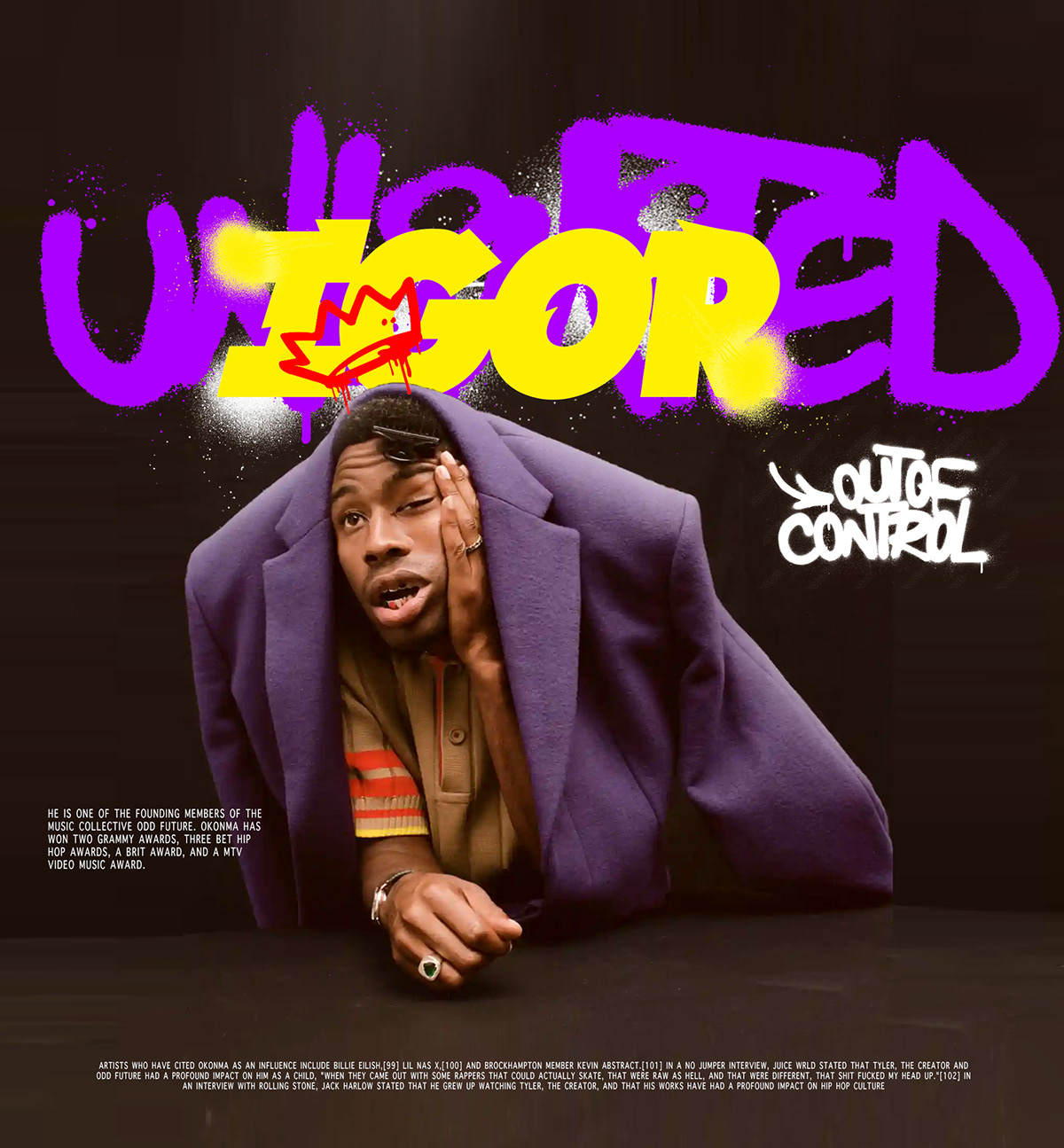
Anti-design and brutalism are two design approaches that reject the traditional aesthetics of graphic design, instead opting for a raw, unpolished, and sometimes confrontational style.


Anti-design is a movement that emerged in the 1960s as a reaction against the perceived commercialization and conformity of mainstream design. It rejected the notion of design as a tool for persuasion and instead sought to expose the inherent power dynamics in design by creating intentionally awkward and difficult-to-read layouts. Anti-designers often employ techniques like overprinting, hand-drawn typography, and collage to create a sense of chaos and disruption.

Brutalism, on the other hand, is a design approach that takes its name from the Brutalist architecture movement of the mid-20th century. It emphasizes functionalism, simplicity, and an emphasis on materials rather than ornamentation. In graphic design, Brutalism is characterized by the use of monochromatic color palettes, bold typography, and asymmetrical layouts. Unlike anti-design, Brutalism is not intentionally confrontational, but it does reject the conventions of traditional graphic design.

Both anti-design and Brutalism can be seen as reactions against the status quo, and as such, they have been embraced by designers looking to challenge the established norms of graphic design. While they can be effective tools for communicating unconventional or subversive messages, they can also be challenging for audiences to read and understand.


Anti-design and Brutalism can be used in daily life in a variety of ways, depending on the context and purpose.
Here are a few examples:
1, Posters and flyers: If you are creating a poster or flyer to promote an event or cause, consider using anti-design or Brutalist techniques to create a sense of urgency or non-conformity. For example, you might use bold, oversized typography, contrasting colors, and a mix of textures to create a visually striking design that captures the attention of passersby.
2, Websites: Anti-design and Brutalism can be used to create websites that stand out from the crowd and convey a sense of rebellion or counter-culture. This might involve using unconventional layouts, typography, and color schemes, and avoiding the use of stock photos or other generic design elements.
3, Branding and packaging: If you are designing a brand or packaging for a product, anti-design or Brutalist techniques can be used to create a sense of authenticity or rawness. This might involve using hand-drawn typography, uncoated paper stock, or other elements that convey a sense of tactile imperfection.
4, Interior design: Anti-design and Brutalism can also be used in interior design to create spaces that feel edgy or non-conformist. This might involve using exposed concrete, raw steel, and other materials that emphasize the building's structure and function over aesthetics.
It's important to note that anti-design and Brutalism are not appropriate for every context, and can sometimes be difficult to read or understand. However, when used intentionally and thoughtfully, they can be powerful tools for creating designs that stand out and communicate a strong message.




